We already know a little bit about THE HISTORY OF PATTERN MAKING and THE METHODS OF PATTERN MAKING. Today we will learn few terms that we use in Pattern-Making. These are very important to know if you want to have a strong foundation and these are highly used in the fashion community. We already know some of the terms like drafting, blocks, draping. This post will clear those terms with a lot of new terms.
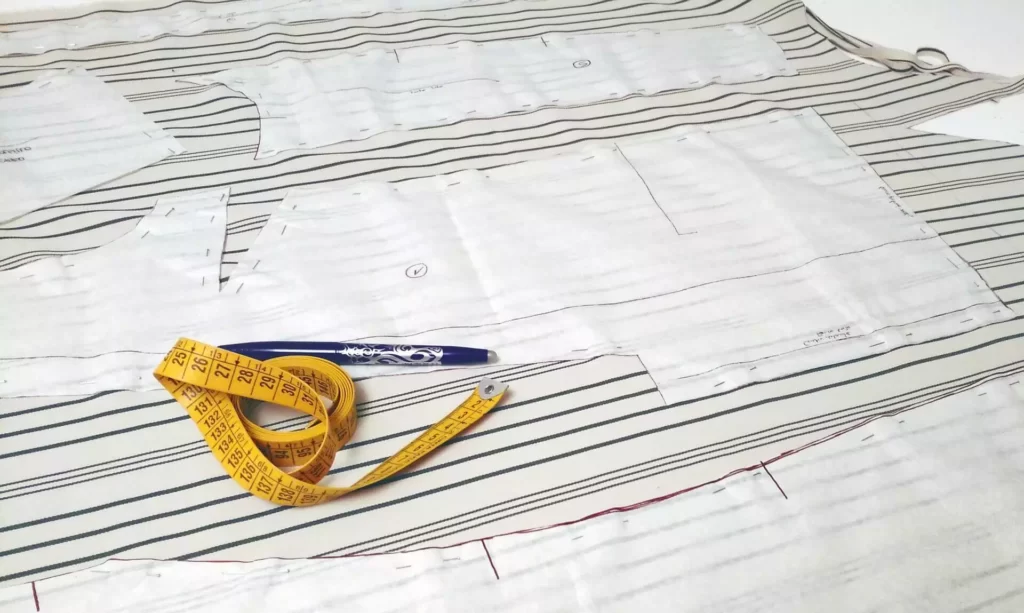
Blocks
Blocks are individual pieces that together create a sloper, do not contain seam allowances, hems, or facing.
Sloper
A sloper is a piece of the basic pattern. It is usually without seam allowance. It is used as a foundation for drafting.
Seam Allowance
Seam allowance is the area between the sewing line and the edge of the cloth.
Facing
Facing are extra pieces of patterns used in curve areas of a figure to stabilize a garment.
Balance Point
Balance points are the marks that show all the notches that help align a fabric.
Blending
Blending is a process of smoothing and shaping lines to create a smooth transition in fabrics.
CB & CF
Center Back and Center Front of a garment.
Dart
A piece of excess fabric that is removed from a garment to shape it is called a dart.
Apex
Apex is the highest point of the dart.
Flat Pattern MAking
Flat pattern making is a two-dimensional pattern-making approach to create and develop paper sewing patterns.
Grading
Grading is the process of increasing and decreasing the size of a pattern.
Drafting
Drafting is a system of making blocks using body measurements on paper. So, it is a two-dimensional method.
Draping
Draping is a three-dimensional method of pattern making. First, you need to make a sketch and then drape the fabric on a model as a dress form.
Muslin
Muslin is a starched and untreated cotton fabric. It is a plain weave fabric. It is low cost. Lightweight muslins are used for soft draping, medium-weight muslins are used for draping and testing basic patterns, heavyweight muslins are used for tailored garments like suits and jackets. Muslins are also used for making tests fit.
Test Fit
Test fit is commonly known as toiles. It is an important step for evaluating the look, size, fit and overall translation for garment constructions.
Toile
It is a prototype of a garment before making the final dress. Toiles are made in inexpensive fabric.
Grain
Grain states the direction in which yarn is to be knit.
- Lengthwise Grain: Yarns are parallel to selvedge are known as wrap and the direction is known as lengthwise grain.
- Crosswise Grain: Yearns are perpendicular to selvedge are known as weft and direction is known as crosswise grain.
- Bias Grain: Bias grain represents a diagonal line accross the knit or weave of the fabric. Garments with tru bias has maximum stretch and easily take the shape of a figure.
Selvedge
Selvage is a narrow, firmly, oven strip on the lengthwise grain edge of a knitted fabric.
This post was all about short details of terms those are used in pattern making industry and That's all for today! I hope you liked it, leaving a comment will encourage me to write more (❁´◡`❁)
Read more on PATTERNS! THE HISTORY OF PATTERN MAKING METHODS OF PATTERN MAKING PATTERN MAKING 30 USEFULL TOOLS BODY MEASUREMENTS GUIDELINES AND PROCESS SIZE CHARTS - WOMEN STANDARD BODY MEASUREMENTS PATTERN INFORMATION: SEAM ALLOWENCES - GRADING

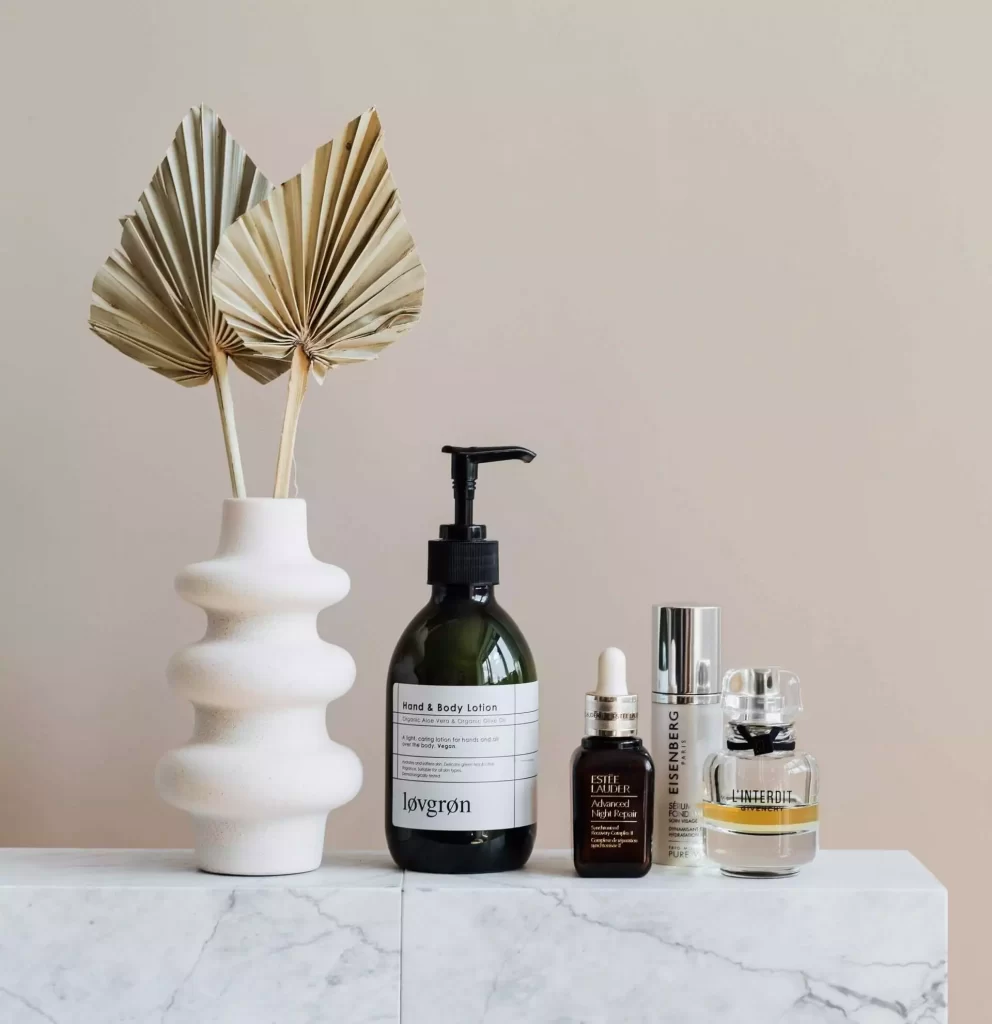
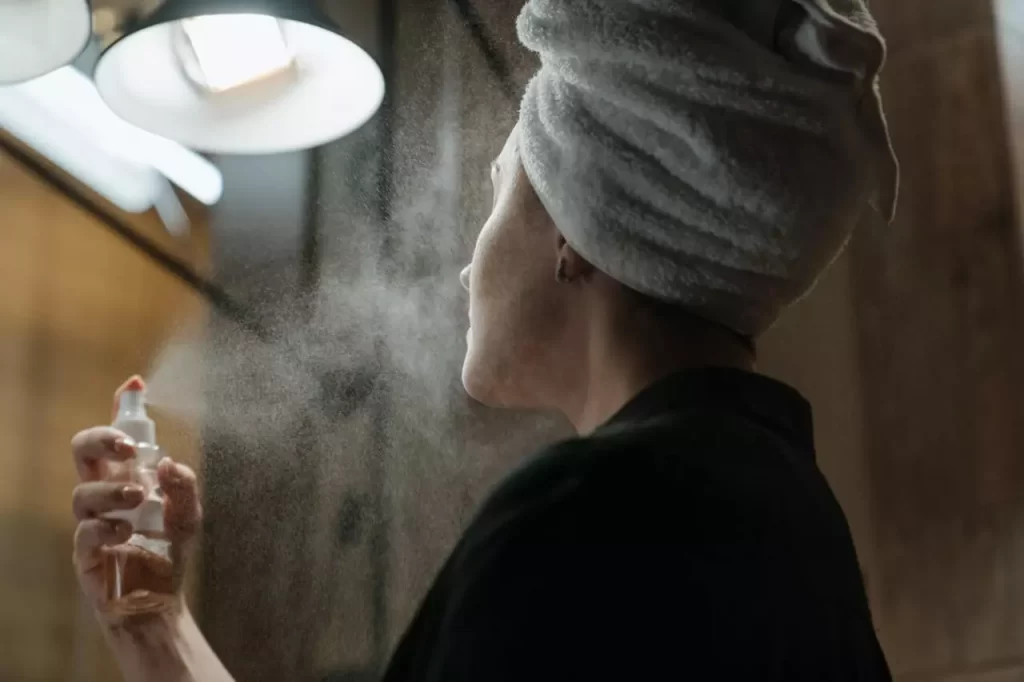
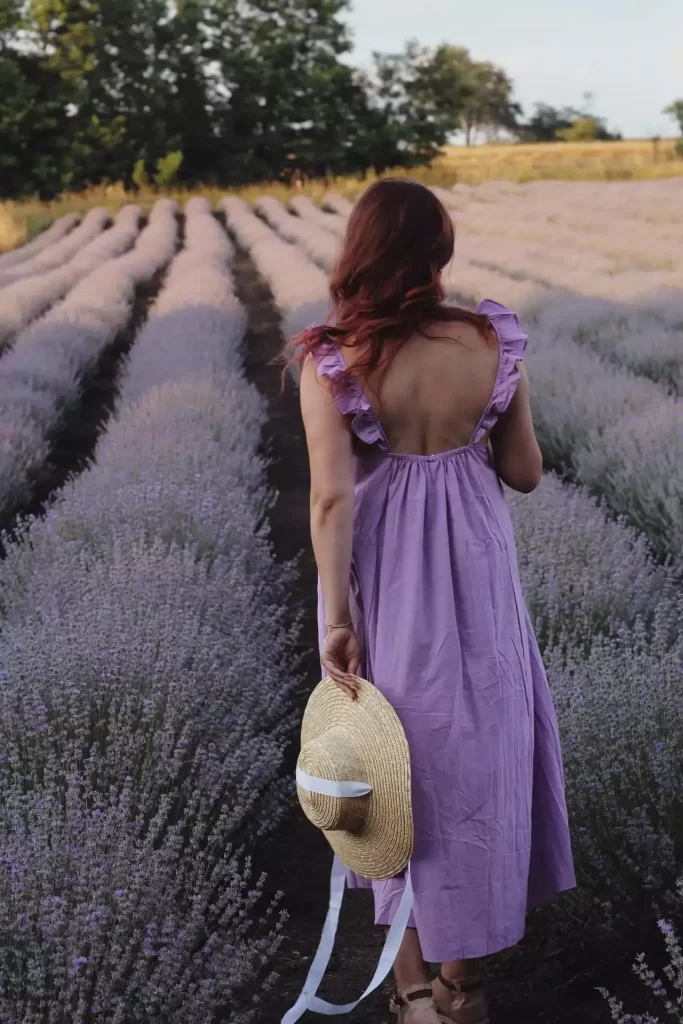
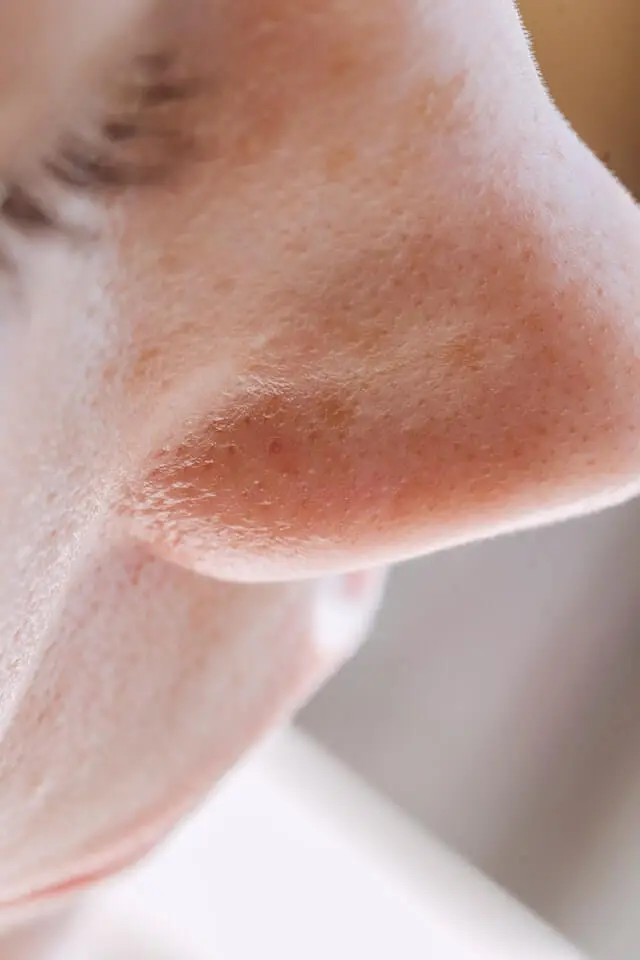
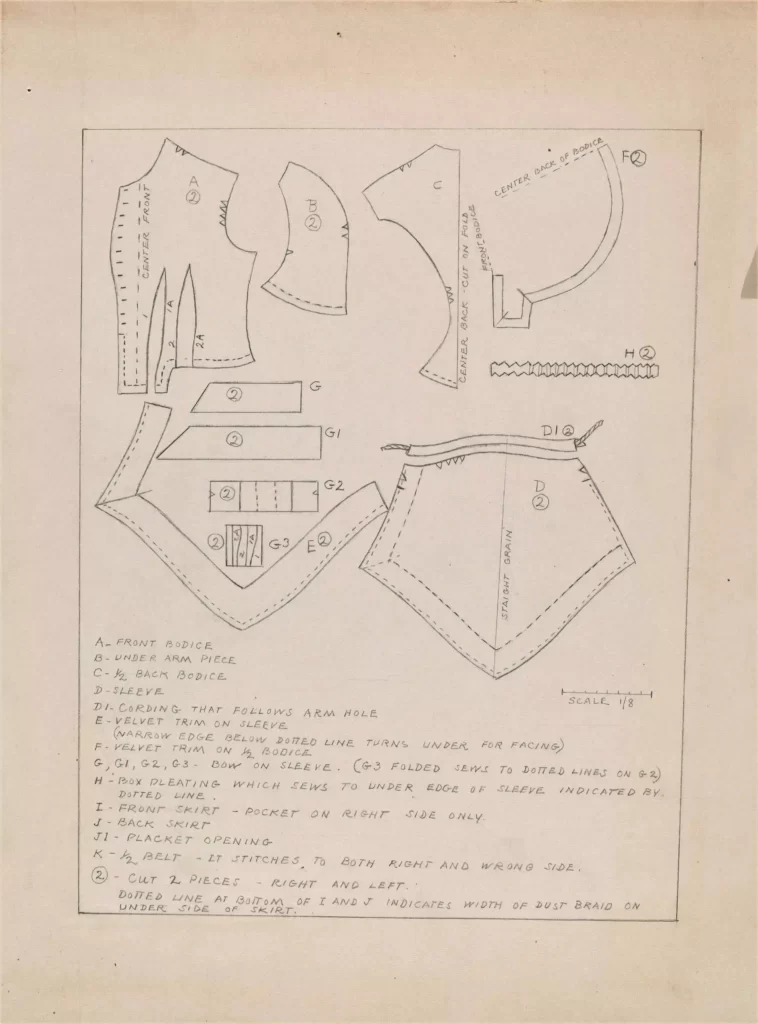
2 Comments. Leave new
Informative
😄